|
This is a revolutionary new way of thinking about style. All of the advice you've received, all of your life, has been about how to dress your body. "If you're petite, avoid long pants. If you're curvy, emphasize your waist. " As far as I can tell, every other style system advises you to dress primarily for your body. But your body isn't what people are mainly looking at. They spend the vast majority of their time looking at your face. And dressing for your body at the expense of your face means you end up looking all wrong. Let me offer you several examples to demonstrate this phenomenon. Here's Ellie Kemper: You might know her from "The Office" or "Unbreakable Kimmy Schmidt." She's adorbs, right? If you're guessing that she has a lot of Gamine and a lot of Ingenue (and maybe some Classic?), I'd agree with you. Those stripes are cute on her. (The palette is a separate issue, but never mind.) Another pic of her looking fantastic: The headband! The bangs! The cardigan! The tiny earrings! The Nancy Drew hair! So, so right for her. So much Gamine and Ingenue. (And maybe some Classic.) Here, tiny ruffles, tiny necklace, yoke emphasis -- so Ingenue, and so good: And here: adorable, face-framing curls, small geometric print, simple, round neckline, high waist -- again, lots of Gamine and Ingenue, very good: Just a few more images of her looking awesome with lots of Gamine and Ingenue (and some Classic): But let's imagine that Ellie Kemper's going to get style advice that considers her body as a significant factor. I don't know if you noticed, but Kemper actually has a super-curvy, very Romantic body.: Most style systems will assign Ellie Kemper a style type that dresses her for her curvy body. But that would be all wrong. See how uncomfortable, how not-herself, this Gamine Ingenue (or Classic-Gamine-Ingenue) looks in Romantic styles: Thank goodness Kemper (or her stylist) usually understand that she needs to dress for her face, not her body. Here, Kemper's waist is obscured and her bust is unemphasized. And it's sooo much better! (Jenna Fischer, also from "The Office," is another example of a woman with a Romantic body but a very youthful face. Like Kemper, Fischer looks all wrong in overtly sexy clothes. By contrast, Mindy Kaling of "The Office" has quite a bit of Gamine, like Kemper and Fischer do -- but she also has enough sexy Romantic in her face to totally pull off figure-emphasizing clothes. ) "If you got it, flaunt it" is not a thing. Let it go. Only emphasize your curvy body if it also harmonizes with your face. Dress for your face. Other celebrity examples of dressing primarily for one's face, not one's body:
A rather Ingenue face (tiny chin, high forehead, big eyes.) Is she better in Ingenue or Natural? Ingenue bows, ruffles, puff sleeves, cap sleeves, high waist, feminine hair, midi length skirt: so good. Natural t-shirts, layers, separates, shaggy hair, undefined neckline, geometric shapes -- not great. Jane Krakowski is lovelier when she dresses her face, not her body. I'm not saying to totally disregard your body. There are individual tweaks your body may call for that are consistent with a style your face doesn't manifest. For example, Jane Krakowski is flattered by open necklines; they elongate her rather short neck. That's consistent with Natural, not with Ingenue. But her open necklines are best when they're adorned with ruffles or bows. True Natural necklines are wrong for her. 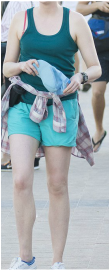 extremely tall, mostly Dramatic body. Christie is so tall -- 6'3" -- and relatively narrow, most style systems would require her to dress as a Dramatic, or a Dramatic/Natural blend. But that's really wrong for her. Mostly Dramatic, and so not great: Much more feminine, and so much better for her: Even more celebrity examples:
To sum up: 1. Identify your style identity based primarily on your face. 2. Make a few tweaks in the direction of a different style identity if you know your body calls for it. Dress for your face!
110 Comments
For several years, my readers have been asking for makeup guides for each of the 63 style types. I started doing the research necessary to create these guides in 2017, and I'm finally done! Your makeup's color palette comes from your color season. But two women with the same color season won't apply makeup the same way to look their most beautiful. Have you ever wondered why certain makeup trends -- a matte lip, a cat eye, contoured cheeks -- just don't work for you, even when you know that the colors you're using harmonize with your skin? The reason is that the lines of your face, which determine your style type, harmonize with certain makeup looks and not others. Not everyone looks harmonious with fuller lips. Not everyone looks harmonious with contoured cheekbones. Not everyone looks harmonious with a smoky eye. Not everyone looks harmonious with delicate, plucked brows. Here are two pics of me in two different makeup looks. In both pics, I'm wearing Soft Autumn colors. But I think you'll agree that I'm lovelier in the pic on the right than the pic on the left. My style type is Ethereal Natural, and the pic on the right shows me in an Ethereal Natural makeup look. The pic on the left is a look with elements of Classic, Romantic, and Dramatic -- all essences that are unimportant for me. On the right, my skin finish is less powdery and matte, my eyebrows are less intense, I'm not wearing foundation, my makeup's overall level of contrast is lower, and my overall impression is less made-up. These are all features of an Ethereal Natural makeup look. Now, if I were a Romantic-Dramatic-Classic, chances are I would look gorgeous in a more matte, more made-up, higher-contrast look. Angelina Jolie is a Romantic-Dramatic-Classic, and that kind of makeup look is gorgeous for her: It's interesting to note that Jolie and I both have the same Soft Autumn color palette. Yet because the geometry of her face is Romantic, Dramatic, and Classic, her best makeup look is much more sexy, intense, and traditionally feminine than mine. My best makeup look combines Natural's no-makeup aesthetic with Ethereal's lightness and delicacy. The makeup guides are about 30 pages long. Here's what each guide includes:
Since I expect a high volume of initial orders, please allow UP TO A WEEK for your makeup guide to be delivered by email. All guides will eventually be instant downloads; at that point, you won't have to wait. :-) I didn't even think about separates before I knew my style type. But how you put separates together actually has a big effect on the impression you make. Romantics, Ethereals, Classic, and Dramatics are each best in a head-to-toe look. If you think about it, this makes sense, because all four of these types are formal and grown-up in their own way: the Romantic is mature womanly sexiness, the Classic is a "ladylike" adult woman, the Dramatic is a powerful ruler, and the Ethereal is an immortal being. None of these pure types is youthful or casual enough to look her best in an obvious use of separates.
Another easy way to do a head-to-toe look is to just wear a dress. Ethereals, Romantics, and Classics have a lot of great dress options.
Speaking of which: the message a Natural sends with her use of separates is, "I own nothing but separates, and I basically just throw them together because that's how confident I am, but the effect is never weird, because I can't be bothered to put in enough effort to make it deliberately weird, because that's how casual I am."
A Gamine's use of separates says, "I deliberately combine separates no one else would dare to put together, because that's how fun and quirky I am. I want you to notice!"
If you're a blend of two or three types, as most women are, and you manifest Natural, Gamine, or Ingenue through your use of separates, you'll want to lean a bit more heavily on your other essence (or two) to balance the effect. So, for example, A Natural-Classic-Ingenue combining separates in a casual, Natural way would take extra care to bring in Classic and Ingenue in other aspects of her look. If you're not sure of your style type, try the Style ID Calculator! A reader writes, "Your guides have been incredibly helpful to me. However, there is one part of your guides that confuses me. What exactly does it mean for a piece of clothing to be "constructed" or "unconstructed"?" Great question! Constructed garments have a defined shape that's not simply the shape of the body underneath the garment. You can't easily ball up a constructed garment in your hand; it wants to hold a shape. The way a garment is sewn can give it a defined shape. This is easier with heavy, stiff, or crisp fabrics. Manufacturers also use lining, padding or interfacing to make garments have a defined shape. Dramatics and Gamines are flattered by sharp-cornered squares and rectangles. These aren't the shapes of the human body, so Dramatics and Gamines usually need constructed garments to create those shapes.
Romantics, Ethereals, and Naturals all look their best in unconstructed clothes. For Romantics, this means sexy draping that appears to hug the body. For Ethereals, this looks like floaty, trailing garments that seem about to take flight. For Naturals, this looks like garments that are supremely comfortable and unfussy.
It's not as easy to find constructed clothes as it was 100 years ago. As a society, we've all mostly agreed to dress like Naturals most of the time. Which is great for us Naturals, but a challenge for everyone else. Garments that are tailored into defined shapes are usually more expensive than unconstructed garments, because that kind of sewing is labor-intensive. If your style type calls for construction, you may choose to spend the money on those more expensive items. You might also save some money by focusing on clothes that are stiff not because of their tailoring but because they're made from stiffer fabrics. If you're willing to buy second-hand, you'll find that a lot of vintage clothes are more structured than what you typically see in stores today. Also, consider using spray starch to give your garments more stiffness! You don't hear much about it these days, because fashion is mostly so unconstructed, but clothing starch is still a thing. Here are hairstyle ideas for the two-identity blends. For each blend, the suggestions are jumping-off points. Use them as inspirations. If you're a blend of three identities, try combining suggestions from the different two-ID blends that apply to you. For example, if you're a Romantic-Ethereal-Natural, take a look at suggestions for Romantic Ethereal, Romantic Natural, and Ethereal Natural. Don't know your style identity? Try the Style ID Calculator!  Romantic Ethereal: Aphrodite Try: Soft & flowing. Asymmetry. Fullness and height at the crown. Long, luscious and full. Side parts. Low side pull-backs. Touchable curls or waves. Soft, sexy updos with lots of free curls.
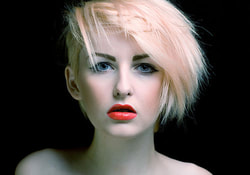 Ethereal Gamine: The Sprite. Try: Spunky, diaphanous, floaty, boyish, tousled. Short and wispy. Choppy waves. Cute or witty "period" looks. Playful, unexpected braids.
This post first appeared in January of 2016. Romantic is the style type that's most flattered by traditionally "sexy" clothes and details, such as cleavage emphasis, skirt slits, cinched waists, red lips, et cetera. On a woman without a lot of Romantic, these elements will read as awkward or unharmonious, not sexy. But many of us want to appear "sexy" at some point. How does a woman who's strongly Natural -- a woman like me, whose beauty has a rough-hewn, masculine quality -- create a sexy impression? Not like a Romantic would, with pouty lips, smoky eyes, an abundance of jewelry, and butt & bust emphasis. Those tend to make us Natural women look mannish. Instead, Naturals do sexy with bare arms and legs, mussy hair, very open necklines, little makeup, tank tops, oversized sweaters, and cowboy hats. You might be thinking, "Those are elements Naturals always look great in." You're right! If a Natural simply turns up the intensity on an already Natural element, it tends to look sexy. Go with even barer arms and legs. Make that hair even more messy. Go with an even bigger sweater, perhaps falling off one shoulder. Below, see Sheryl Crow, Jennifer Aniston, Sandra Oh, and Elisabeth Shue. These are strongly Natural women who look sexier and more confident when they don't try so hard. In looks with bust emphasis, jewels, shiny finishes, careful curls, and lots of makeup, they appear awkward. If you're a strongly Natural woman, one of your gifts is the ability to look your best with almost no effort. (Typically, the more effort you put in, the less good you look!) This is why Natural beauty is often described as "confident"; the viewer assumes you must have a lot of courage to present yourself so casually. One of the variables that differ from style type to style type is the amount of detail that is most flattering to that type. Some of us look beautiful with a ton of detail; some of us look beautiful in a minimalist context; and some of us can pull off both high-detail and low-detail looks. But what does "amount of detail" actually mean? The best way I have come up to explain "amount of detail" is this: Imagine that your image in the mirror is a pencil sketch. "Amount of detail" is the number of pencil strokes you'd need in order to accurately render that sketch. A shift dress can be rendered with relatively few lines, while a dress with a sweetheart neckline, a pleated skirt, pleated sleeves, and sequins would require literally hundreds of pencil strokes. A flat piece of fabric is extremely low-detail. As soon as you gather that fabric into pleats or drapes or ruching, the image becomes much more detailed. Not coincidentally, pleats, draping, and ruching read as feminine. Detail always reads as feminine. I have a couple of theories about why this might be. One idea is that we view detail as feminine because detail holds the eye, and throughout history we have seen women, not men, as the sex that exists to be looked at. Another idea is that we associate detail with femaleness because a curving line is "busier" (more detailed) than a straight line, and the lines of female bodies, on average, curve more than the lines of male bodies. A third idea is that we associated a highly detailed ensemble with femininity because creating a highly detailed ensemble takes time and effort, and women, not men, are traditionally expected to put time and effort into their appearance. Regardless of why it's so, a high level of detail adds femininity, and minimalism adds masculinity. Women whose style types are mostly androgynous/masculine will usually find that too much detail makes them look mannish. Women whose style types are mostly feminine will usually find they are less pretty in minimalist looks. I'm an Ethereal Natural with tiny smidges of a few other essences. My feminine-masculine balance is about 60-40 in favor of feminine elements. If my fabrics are rough and my colors are restrained, I can handle quite a bit of detail, but if my fabrics and colors are already very feminine, I can easily get overwhelmed with detail, and end up looking mannish. My curly hair by itself adds a ton of detail (imagine making a pencil sketch of it!), so if I'm wearing my hair down I don't have a lot of room to add more detail. Most of my garment choices are pretty simple. This sharply tailored suit could be drawn with very few pencil strokes. It's low-detail. Alison Williams is stunning in it because her striking, masculine beauty calls for a very low amount of detail. (I think Williams is highly Dramatic.) Jennifer Aniston is another celebrity who looks her best in very low-detail looks. She has a ton of Natural (which, along with Dramatic, is a masculine style type that asks for very little detail.) See how much better Aniston is in the low-detail dress on the right than she is in the high-detail dress on the left. For a strongly Natural woman (like Aniston and myself), a low-detail context, which is masculine, actually makes her look more feminine.
Most off-the-rack fast fashion is low in detail. If you're a predominantly feminine style blend, shop for items with more detail built in, like pleats, complicated lapels, visible stitching, and a sheeny finish (which adds visual detail as a result of the play of reflected light.) If your clothes are simple and you need to add detail, the easiest way to go is to add highly detailed accessories: for example, profusely detailed earrings, necklace, and scarf. Stripes can be Natural. They're especially likely to be Natural if they are irregular, or various in size, or if they read as relaxed, not aggressive. Vertical stripes, which elongate the vertical line, are usually better than horizontal stripes (which are good for Gamines.) Checks and plaids can be Natural if they read as something you would find on a fleece -- they should look farmer-ish, not preppy. (Preppy plaids are Classic.) Large, stylized, somewhat abstract nature motifs read as Natural, as long as they're not aggressive-looking (which would add Dramatic) or neatly repeating (which would add Classic). Nature prints that are more photorealistic read as Gamine or Ingenue. (The youthful essences get more literal images.) Nature prints that feature flowers will automatically bring in Romantic (if they're larger and stylized) or Ingenue (if they're smaller and more realistic.) Paisleys are often Natural, because they're stylized nature motifs that read as a little "tribal" (which is a word I don't love; what's a better word?) A paisley that's very tiny or very detailed is less likely to read as Natural. Prints with abstract geometrics that seem to be randomly distributed and are largeish in size can be Natural. Go for blunt-edged geometrics; sharp-edged geomtrics will read as Dramatic (if they're large) or Gamine (if they're small.) Prints you find in textiles of indigenous peoples are often Natural. Again, the print is more likely to read as Natural if it's large and not incredibly detailed. A Natural print will not fee aggressive or high-energy. A print or pattern, by itself, adds a lot of detail to a look. And Natural style calls for a very low level of detail. So if you're a pure Natural and you're going for a print, keep your silhouette and garments extra simple, and your other details very, very plain.
Women who are pure Natural and Natural blends, what prints and patterns have you found work for you? If you're not sure of your style type, try the Style Identity Calculator or consider a Virtual Analysis.
I can't say enough about this beautiful handmade jewelry. I'm writing about it because I had the opportunity this summer to see it in person.
I had no idea what went into making jewelry by hand. It's frankly awe-inspiring to hold one of these in your hand and think about the fact that the person sitting across from you made it. The silversmith who makes this jewelry, Linda Groom, is so talented. This is the kind of jewelry you own forever; it's flawlessly crafted, it's heavy -- it's real, you know? One of the things I really respect about Linda's jewelry is that she has a consistent aesthetic you can feel across all of her pieces. Blunt edges, earthy materials, organic shapes, and hammered finishes embody the Natural style type. If you're a Natural blend, there's a piece in Linda's collection that will resonate with you.
I love this bracelet for a Natural with Ethereal and Classic elements, a "Preppy Bohemian." The glow of the silver, the slender, gently curving lines, and the overall color scheme add Ethereal; the regularity and balance make it fitting for a Classic as well.
This gorgeous bracelet is good for a Natural with a strong Romantic influence -- a "Babe Next Door." Romantic comes in through the rounder shapes and the deep purple color. I love this bracelet. It's abstract, but dainty and playful too. It's great for a Natural with Ethereal and either Gamine or Ingenue essences. These are gorgeous earrings for a Natural with some Ethereal and Ingenue influences -- a"Flower Child." This is a beautiful bracelet for a Natural with Romantic and Classic -- "Today's Southern Belle." The cuff's overall symmetry adds the Classic element. These earrings would be lovely for a Natural Gamine with some additional feminine influence (Romantic, Ethereal, or Ingenue). I love these for a Natural with Romantic and Ethereal -- a "Glamorous Gypsy." Romantics are great with big, round shapes; the cutout here adds a mystical quality. Linda makes knives too; can you believe it? So incredibly cool. I wonder what types you think her other pieces would suit? Check them out here, and let me know in the comments. Almost a decade ago, just before the beginning of the new school year (I teach, as many of you know), I went to the mall with my credit card and spent several hundred dollars on new clothes. This was a carefully considered decision. It had been years since I'd bought myself actual new clothes. And I had calculated that I would be able to pay off the balance plus interest over the next 12 months. In the years prior to that shopping trip, I had bought and thrown away a lot of thrift-store clothes. I felt unable to make myself look beautiful, and I knew I was wasting money. I thought if I spent some serious money on really nice clothes, I'd feel and look different. I'm a grown-up and a professional, I told myself. It's not unreasonable for me to make a financial investment in my wardrobe. I was right about that last idea, I think; it makes sense to spend money on clothes you know you'll be wearing for years. Yet I don't own any of those clothes anymore. The reason for that, as you may have guessed, is that I had a style analysis not long after that shopping trip, and discovered that most of the expensive shopping-trip clothes were wrong for me. I had chosen mostly Classic and/or Dramatic pieces -- very stiff, structured, sharp-edged items. I think on some level I believed that the dignity of the clothes would automatically elevate the impression I made. Yet my style analysis revealed that Ethereal and Natural garments, which are completely unstructured, were actually more dignified for me. They made my somewhat otherworldly and somewhat rough-hewn features read as noble and magical. In Dramatic and Classic lines, by contrast, my face looked a bit coarse and a bit weird... like, out of place. (You don't put Mother Earth in a suit, right?) I was able to return, resell, repurpose, or gift most of the brand-new clothes, thank goodness. My style analysis cost $350. That's a fraction of what I spent on the wardrobe that was all wrong for me. And that's more than I've spent on any shopping trip for myself in the years since then. In fact, I rarely shop for clothes these days. Many of the items in my current wardrobe are several years old; when I find an Ethereal Natural garment, I keep it until it wears out, because it works for me every time I put it on. For example, I'm on my third pair of these sandals: They last about two years. (Thin soles!) I wear them all summer. When they wear out, I order another pair. I've had this skirt, in off-white, for about six years. (I used scissors to cut off the highest ruffles, the ones at the hip -- I needed a narrower silhouette.) Most of the clothes currently in my wardrobe are thrift store finds. Knowing my style ID means I zoom in on the items that will work for me, and ignore everything else, so shopping is a fast and easy process. It also means that I look better, now, in a shirt I paid seven dollars for, than I looked in anything I bought before I knew my style ID. I spend so little time and money on clothes now. And I feel really confident when I leave the house, every day. My hair is a similar story. I've had the same basic hair for years now. I spend zero time agonizing about what hair style looks best on me, or worrying about whether I should change my style, because I know that what looks good in my clothing also looks good around my face: layers, sinuous lines, rough edges, and a lot of length. Basic Ethereal Natural. Some people really enjoy changing their look every season. And some people really enjoy spending hours trying on clothes. For those people, a style analysis would be a waste of money. But if you're like me, you don't have the time or patience for all of that. You want to know, once and for all, and have it settled, so you can get on with the more important parts of your life. (I work crazy hours, and I have two jobs and two kids, for goodness' sake. I'm guessing you're as busy as I am.) And this is my point: if you love feeling beautiful, but you hate wasting time and money, a style analysis is a good investment for you. Your virtual style analysis comes with a report that describes the process by which I arrived at your result. It also includes specific percentage recommendations for lines lengths, shape sizes, construction/draping, and your masculine-feminine balance. You'll receive your Visual Style Guide and your What Not to Wear as well. At $279, it's kind of a lot of money. I get that. But it's an investment in your future and your peace of mind. And I expect you'll recoup that investment, as I have recouped mine. How's that for a click-baity title, ha ha? (Seriously though, I might be the only person alive who prefers long and dry over short and grabby. I am wholly a nerd.) At any rate, here's what I mean: In my Style Identity system, when I say that a physical characteristic reads as womanly, or manly, or mature, or childlike, that's generally because that (average) physical difference exists in real life. We are all unconsciously aware of the visual signifiers of masculinity and femininity, of maturity and youth. We make instantaneous judgments about other people's age and masculinity/femininity based on visual cues we're not even aware that we are processing. Here are some examples of what I mean.
* * * * * You may notice that I didn't mention Ethereal, Dramatic, or Classic in this article. Classics are easy: Imagine that you averaged all male features and all female features. Beauty in a female Classic represents a face that's slightly to the feminine side of that perfect average, and beauty in a male Classic represents a point that's slight to the male side. In Classic men and women both, nothing's noticeably big, or small, or sharp, or round, or high, or low, or full, or thin, or wide, or narrow. See more about that beauty here. As for Ethereals and Dramatics, their beauty derives from archetypes that aren't based in human physical reality. That's a long post, though, so I'll save it for next week. :-) The Style Identity Calculator asks you to compare your face to many, many pictures of clothes, and to notice whether or not those clothes flatter your face. Here are some tips to help you make that determination.
- Use a Happy, Forward-Facing Head Shot When I analyze other people, I find that the type of picture used affects the results quite a bit. Over time, I've found I get the most accurate results with a happy face. I think this is because our best clothes complement our authentic selves, and our authentic selves are happy selves. "Happy face" doesn't have to mean an ear-to-ear grin, although it may; I suggest using the smile that you feel most flatters you. It's important to use a photo of yourself looking directly into the camera. Most of us don't find this our favorite type of picture; we prefer ourselves at an angle. (I think that's because it narrows our jawline.) But a photo of a face at an angle distorts the dimensions of the face. A head-on photo reveals what you actually look like, and will give the most accurate results. And do use a photo, not a mirror. Selfies are more trustworthy than a mirror; for some reason, it's much easier to objectively evaluate a frozen image of ourselves. - Try to See Yourself Objectively I hate to be yet another voice telling women not to trust their instincts! We get so much of that, don't we? Yet, for the sake of truthfulness, I have to say that many of us don't have an unerring instinct for what looks good on us. I suspect that most of us are drawn to color and style analysis because we realize we often aren't objective about ourselves. Really seeing oneself is a challenge, absolutely. When you're able to do it, you're in a state of mind where you're viewing yourself rather dispassionately, as a visual image you're responding to on an aesthetic level, but not on a personal level, or with value judgments. - Your Body Can Tell You When You're Seeing Beauty The aesthetic reaction you're listening for inside yourself is a sense of liking or not-liking, attraction or lack of attraction. I personally sense this feeling in my chest: something in there warms and lifts when I'm seeing visual harmony. To feel this reaction, you might try this: put your picture next to one garment that you're absolutely certain complements you. In another screen, put your picture next to a garment that you're certain is awful for you. Then flip back and forth. As you flip back and forth, pay attention to what changes inside you. You should notice a switch that goes on and off, or a feeling that flows and ebbs. *That's* the feeling you should have when you're seeing yourself next to your best clothes. I also make a habit, if I'm feeling stuck, of going away from a picture for a day or so, then coming back to it. Seeing a picture with fresh eyes can help me notice my aesthetic reaction. :-) If you're a Bright Spring or a Bright Winter, you've probably been advised to go for super-shiny finishes and sparkly jewelry.
But if your style identity consists only of Natural, Dramatic, and/or Gamine, you know that these masculine essences ask for matte finishes. (Sparkly and glittery finishes read as feminine.) How do you reconcile these two realities? Bright seasons need, above all, an overall impression of brightness and high contrast. Blingy jewelry is of course one way to achieve that, but it's not the only way – – otherwise Bright season men, who generally very very little jewelry, would never be able to fully manifest their Bright selves! Right? You can stick with matte and enamel finishes in your jewelry and still look amazingly Bright by focusing on value contrast (light-dark contrast) and color contrast in your clothes and accessories. Here are some examples of women and men in Bright-looking ensembles with little or no shiny jewelry. I hope they inspire you! Natural is one of the most difficult style identities for us to wrap our heads around. Most of us want to feel beautiful, but we have difficulty seeing the beauty in a style ID that's by definition masculine and unfancy. I say this as a Natural blend myself. Here, I offer you some words to use as synonyms for Natural, to help you find the beauty in your own Natural blend. "Raw" makes me think of things in their pure, unadulterated states. I've never enjoyed having to pretend to be someone or something I'm not. I feel like Natural gives me permission not to put on airs, permission to just relax. "Relaxed" describes Natural's lines -- the lack of tailoring and construction in the clothing -- but it also describes Natural's vibe. "Pure ease," I sometimes think when I think about Natural. A feeling of complete peace and relaxation. I love the comfort and simplicity of Natural. Since I was little, I've always been one to take my shoes off, to cut the tags out of my cloths, to loosen and untie things -- I've never enjoyed being belted or buttoned up. I could have edited "sloppy" out of the word cloud above, but I left it in, because I think it's instructive with regard to Natural style: what looks sloppy on others looks just right on Naturals. Unfinished hems, untucked shirts, shirts falling off one shoulder, rolled sleeves -- these details look great on us Natural blends.
Not sure of your style type? Try a virtual analysis. So you're a Natural Gamine, a "Tomboy." But that's not your personality at all! Is your style ID all wrong?
Naw. In the Truth is Beauty system, personality isn't correlated at all with style identity. Which isn't to say you can't dress like your personality -- if that's what floats your boat, do it! But if you want to dress in the way that best visually flatters your natural physical form, be guided by your visual self only. Let who you really are be a delightful, additional layer that complements your surface beauty. I'm a tomboy in my soul. But I don't look like a tomboy, and I wouldn't be flattered by most tomboy-looking styles. "Tomboy" as an archetype for a style identity is about appearance only, as are all of the archetypes. If you're not sure of your style type, try the Style Identity Calculator! "Soft Natural" seems to be almost a catch-all category for women with some Natural and some feminine influence. That's because it's a style type that collapses features of several types into just one. This creates confusion for a lot of women.
"Soft Natural" is essentially Natural with Romantic. Romantic is sexy, womanly femininity. Now, that kind of feminine beauty isn't the only kind. But some systems believe it is. In a system that only has one feminine essence, all manifestations of feminine beauty end up getting assigned to Romantic. So women whose feminine beauty is of the Ingenue or Ethereal variety end up getting categorized as Soft Natural, and the recs don't all work. For example, Soft Naturals supposedly get light, floaty fabrics. Those don't work well on women with a lot of Romantic, but they're great on women with a lot of Ethereal. If you're an unsatisfied Soft Natural who looks great in light-as-air fabrics and the most mystical aspect of Soft Natural, you might be Ethereal Natural instead. Soft Naturals also supposedly get puff sleeves. Puff sleeves are girly, even princessy -- in other words, they're Ingenue. If you're an unsatisfied Soft Natural who's great in puff sleeves and other girly aspects of Soft Natural, you might actually be a Natural Ingenue. Still lost? Consider a virtual analysis.
It can be hard to know which Style Identity category a given outfit falls into. Here are some unexpected questions you can ask yourself to help you narrow it down.
"Could I do a walking tour in this?" The essence of Natural style is relaxation, freedom, and uninhibited movement. If an outfit is something you could wear for a walking tour of a hilly European city, it probably has a lot of Natural. Clothes you could comfortably take a nap in are also usually Natural.
"Do I have an irresistible urge to touch this?"
Romantic fabrics often beg to be touched. This absolutely relates to the fact that Romantic style is the embodiment of feminine sexuality. If you can't wait to run your fingers across a fabric, chances are it's part of a Romantic ensemble.
"Does this scare me a little?"
Dramatic ensembles are avant-garde, outside the norm -- and we humans are naturally intimidated by stuff that's outside the norm. If an outfit makes you feel like taking a step backward, it likely has a strong Dramatic influence.
"Can I imagine this on a girl in a Norman Rockwell painting?"
Ingenue style is an archetype of traditional girlishness. Almost anything that's Ingenue looks as if it emerged from a Norman Rockwell painting -- or from the closet of Sandy in "Grease." (Before her makeover at the end, LOL!)
"Could a little boy wear this?"
Gamine style is boyish. If an ensemble looks like something a little boy could conceivably wear to school without raising eyebrows, it probably has a lot of Gamine.
"In a movie, would someone ascend into heaven wearing this outfit?"
That may sound ridiculous, but Ethereal styles make the wearer look as if she can take flight.
"Would I wear this to my first day at my Wall Street job? (Or to the boss's barbecue the following weekend?)"
Whether formal or casual, Classic ensembles always look conservative and rich. In a Classic outfit, you'd never be embarrassed to run into the C.E.O. of your company. There's never anything attention-seeking, objectionable, or out of place in a Classic look. You're above reproach.
Not sure of your style identity? Try the Style Identity Calculator, or get a Virtual Analysis.
I'm an Ethereal Natural. I love my style identity -- both halves of it.
Discovering you're strongly Natural can feel like a bummer, for a couple of reasons: - Natural is a masculine essence, and we woman often feel that if we look "masculine," we're unpretty - Natural feels so unexceptional. What's there to get excited about? To the first point: Gisele Bundchen. Very strongly Natural, and stunning. Google her. To the second point: Here are some of the reasons I love, love, love being a Natural...
This is the stuff I remind myself of if I ever find myself wishing I was a more "exciting" or "feminine" type. But that doesn't happen too often, now that I've had several few years of practice being comfortable with who I am. I want that feeling for you too! <3 If your Style Identity consists solely of Natural Dramatic, and/or Gamine, and you've purchased your What Not To Wear guide, you've probably seen that your skirt no-no section is really long. If you think about it, it makes sense -- all three of these essences are masculine, and, in our culture, skirts are iconically feminine garments. So what skirts do you get to wear? What I'm going to say next may sound weird, but it's really good advice to understand which skirts will look best on you: Anything skirt-like that a man could pull off will probably work for you. All around the world, throughout history and continuing today, men do wear skirt-like garments -- and they make them work! Dramatic, Natural, and Gamine women, men's skirt shapes are our skirt shapes. Now, I know that this may be a difficult idea for some of us to accept, because we want to feel pretty, and we are invested in the idea that pretty = feminine. But it's my goal to destigmatize "masculinity" for women, so that we can accurately acknowledge those features in ourselves. In style analysis, see, "masculine" and "feminine" are not two discrete groups at opposite poles of a binary. Instead, there are "masculine" features and "feminine" features. Many, but not all, men have predominantly "masculine" features. Many, but not all, women have predominantly "feminine" features. Most of us have some of both. And we look awesome! Check out models: the most gorgeous female models often have a lot of masculinity in their features, and the most gorgeous male models often have a lot of femininity. If you're a strongly Natural, Dramatic, or Gamine woman, you have masculine elements in your appearance. Own it and love it! :-) - - - - - - - - - - Anyway... for us women with a lot of Natural, Dramatic, or Gamine, the skirts that complement "masculine" features are the skirts that will look great on us. So, what features define "men's" skirts? Masculine skirts are almost always very straight, sharp-cornered, and simple. Masculine skirts are usually very long, which fits wiith the fact that Dramatic and Natural are elongated essences. They can occasionally be very short, and very short skirts work for both Naturals and Gamines. The outline of a masculine skirt will always resemble a rectangle, square, or trapezoid. If there is draping, it's elongated and subtle. If there are gathers, they are similarly subtle -- there's never a bouffant effect at the hips. And if there are pleats, they are large and sharp, like kilt pleats. Masculine skirts are typically low in detail. It seems clear to me that humans all over the earth independently arrived at the same conclusion: straight lines and minimalism flatter masculine features. Interesting, isn't it? I believe this aesthetic response is hard-wired. Not sure of your style identity? Try the Style Identity Calculator, or consider a virtual analysis.
Over the years, so many of you have asked for shopping guides for each of the 63 Style Identities. I have been working on them for a long time. Finally, I am ready to offer them to you. Each of these multi-page guide tells you which specific items you should look for when you shop. It includes sections for wardrobe essentials such as tops, pants, skirts, dresses, sweaters, and shoes. It also includes sections for special items such as hats, bags, jewelry, and swimwear. In addition, I describe what you should look for in fit, fabrics, waist treatment, prints, shapes, and use of color. It's comprehensive! I will be sending these out beginning November 1st. I'm offering them for $24.99. But if you pre-order today, you'll get yours for $19.99. I'm so excited to finally offer a tool that provides visual examples of how to wear your Style Identity! The Style Identity Calculator helped you figure out your Style Identity. But it can be difficult to know how to translate that Style ID into an ensemble each morning. The new Visual Style Guides help solve that problem. Each guide shows three different women dressed as your Style Identity. Annotations explain each element of the ensemble. The guide is a one-page PDF, so you can print it and hang it in your dressing area, and also pull it up on your phone when you're shopping.
You deserve this! (A thoughtful and affordable holiday gift idea: Analyze your loved ones with the Style Identity Calculator, and then surprise them with a Visual Style Guide.) Of the seven pure style identities, I believe Natural is the most common type - but perhaps the hardest to define. The other types are exceptional by definition: Dramatic are exceptionally imposing. Romantics are exceptionally sexy. Ethereals are exceptionally otherworldly. Gamines and Ingenues stand out because of their seemingly eternal youthfulness and their small stature. And Classics are unusually symmetrical and balanced. Naturals, by contrast, are mostly defined by what they are not. They are not visually extreme in any regard. Not extremely imposing, not extremely small, not extremely sexy, not extremely alien. Naturals are just that - humans in their typical, average, natural state. If Naturals get a superlative, it has to be "most friendly-looking." Even Natural supermodels look nice! Naturals create an overall visual impression of being friendly, sturdy, and ordinary. The attributes in a woman that tend to create this impression include:
Wait - go back a minute. Did she just call Naturals ordinary-looking? Well, I did. The ordinariness, the average-ness, is what makes them so appealing. They feel familiar. We relate to them. We expect them to welcome us as fellow ordinary people. Of course, since appearance =/= personality, a friendly-looking Natural may secretly be a right royal b****. But that's part of the fun, isn't it? If you're a Natural whose guileless exterior belies a devilish interior, you're twice as fascinating. Regardless of whether or not you're the girl-next-door that you appear to be, your Natural form will be most flattered by Natural clothes: simple lines, comfortable fits, textured fabrics, functional accessories, and an overall informal vibe. Natural or Dramatic?Naturals can be confused with Dramatics. Both types can appear somewhat masculine. ("Yang," other writers say, but I'm trying to eschew those euphemisms.) To distinguish between a Dramatic and a Natural, you might ask, "Does this face look friendly or threatening?" Natural or Classic?A Natural's ordinariness may cause her to be confused with a Classic. An important difference between a Natural and a Classic is that Classics present an idealized version of the human average: moderate and balanced in every single dimension, without any asymmetry. Naturals present the actual human average, which comes with asymmetries and lumps and bumps. A test: Look at a person and imagine a cartoonist's caricature. If that's hard to do, you might be looking at a Classic. It's hard to caricature a Classic because nothing sticks out. But Naturals have plenty that sticks out. This is why Naturals feel accessible and Classics feel aloof: Classics are so balanced that it feels almost inhuman. Naturals' "imbalances" are entirely human.
Update: I've given copies of the tool to about a hundred people. I'm not giving away any more at this point; I need to take a day or two to read all of the excellent feedback I've received and use it to improve the tool. I know a lot of people still want it! The good news is, I currently intend to offer it at a price point that most of you will find very reasonable. Stay tuned! I have been attempting to flesh out definable archetypes for three-way style identities.
Initially, I thought it would be impossible. But I'm actually finding it very doable. For example, I'm thinking of Romantic-Ethereal-Classic as "Elegant Aphrodite." Other examples of three-way combo archetypes in progress: Romantic-Natural-Classic = "Alluring L.L. Bean." Dramatic-Gamine-Ingenue = "Girlish Punk Rocker." Classic-Gamine-Ingenue = "Darling Prep Schooler, a.k.a. Cher from 'Clueless.' " My Pinterest boards for each three-way combo are still secret, but I aim to make them public soon. When I do, I'll add info about the trifold combos to this site. In total, we'll have 63 style identity options: 7 pure essences + 21 doubles + 35 triples. Do you have ideas about particular three-essence archetypes? Share them in the comments! Edited to add: I've made all of the above-mentioned Pinterest boards public. You can see them here: https://www.pinterest.com/coloranalysis/ This is an excellent tool if you already know what looks good on you, but you don't know how that translates into a coherent Style ID.
It's also great for analyzing friends, family, and celebs. To use it, you'll need internet access and a PC with Microsoft Excel. The Style ID Calculator was fantastic! Turns out I'm a Natural-Ingénue-Classic. - R.G. |
About Me...I'm passionate about helping people become their most authentic and beautiful selves. Categories
All
|
- home
- Blog
-
-
- Book your virtual style analysis
- ♂ DRAMATIC style type
- ♂ NATURAL style type
- ♂ GAMINE style type
- ⚥ CLASSIC style type
- ♀ INGENUE style type
- ♀ ROMANTIC style type
- ♀ ETHEREAL style type
-
- ⚥ ♂ Classic Gamine -- The Prep Schooler
- ⚥ ♀ Classic Ingenue -- The Class President
- ⚥ ♂ Dramatic Classic -- The Art Critic
- ♂ ♂ Dramatic Gamine -- The Punk Rocker
- ♀ ♂ Dramatic Ingenue -- The Childlike Czarina
- ♂ ♂ Dramatic Natural -- The Amazon Queen
- ⚥ ♀ Ethereal Classic -- The Delicate Sophisticate
- ♀ ♂ Ethereal Dramatic -- The Sorceress
- ♀ ♂ Ethereal Gamine -- The Sprite
- ♀ ♀ Ethereal Ingenue -- The Fairy
- ♀ ♂ Ethereal Natural -- The Earth Goddess
- ♀ ♂ Gamine Ingenue -- The Girlish Mod
- ⚥ ♂ Natural Classic -- The Prep
- ♂ ♂ Natural Gamine -- The Tomboy
- ♀ ♂ Natural Ingenue -- The Outdoorsy Sweetheart
- ⚥ ♀ Romantic Classic -- The Sexy Sophisticate
- ♀ ♂ Romantic Dramatic -- The Vamp
- ♀ ♀ Romantic Ethereal -- Aphrodite
- ♀ ♂ Romantic Gamine -- The Firecracker
- ♀ ♀ Romantic Ingenue -- The Demure Seductress
- ♀ ♂ Romantic Natural -- The Babe Next Door
-
- ⚥ ♀ ♂ Classic-Gamine-Ingenue
- ⚥ ♂ ♂ Dramatic-Classic-Gamine
- ⚥ ♀ ♂ Dramatic-Classic-Ingenue
- ♂ ♂ ♀ Dramatic-Gamine-Ingenue
- ⚥ ♂ ♂ Dramatic-Natural-Classic
- ♂ ♂ ♂ Dramatic-Natural-Gamine
- ♂ ♂ ♀ Dramatic-Natural-Ingenue
- ⚥ ♀ ♂ Ethereal-Classic-Gamine
- ⚥ ♀ ♀ Ethereal-Classic-Ingenue
- ⚥ ♀ ♂ Ethereal-Dramatic-Classic
- ♂ ♂ ♀ Ethereal-Dramatic-Gamine
- ♀ ♂ ♂ Ethereal-Dramatic-Natural
- ♀ ♀ ♂ Ethereal-Dramatic-Ingenue
- ♀ ♀ ♂ Ethereal-Gamine-Ingenue
- ⚥ ♀ ♂ Ethereal-Natural-Classic
- ♂ ♂ ♀ Ethereal-Natural-Gamine
- ♀ ♀ ♂ Ethereal-Natural-Ingenue
- ⚥ ♂ ♂ Natural-Classic-Gamine
- ⚥ ♀ ♂ Natural-Classic-Ingenue
- ♂ ♂ ♀ Natural-Gamine-Ingenue
- ⚥ ♀ ♂ Romantic-Classic-Gamine
- ⚥ ♀ ♀ Romantic-Classic-Ingenue
- ⚥ ♀ ♂ Romantic-Dramatic-Classic
- ♂ ♂ ♀ Romantic-Dramatic-Gamine
- ♀ ♀ ♂ Romantic-Dramatic-Ingenue
- ♂ ♂ ♀ Romantic-Dramatic-Natural
- ⚥ ♀ ♀ Romantic-Ethereal-Classic
- ♀ ♀ ♂ Romantic-Ethereal-Dramatic
- ♀ ♀ ♂ Romantic-Ethereal-Gamine
- ♀ ♀ ♀ Romantic-Ethereal-Ingenue
- ♀ ♀ ♂ Romantic-Ethereal-Natural
- ♀ ♀ ♂ Romantic-Gamine-Ingenue
- ⚥ ♀ ♂ Romantic-Natural-Classic
- ♂ ♂ ♀ Romantic-Natural-Gamine
- ♀ ♀ ♂ Romantic-Natural-Ingenue
- Shop
- Book a Virtual Style Analysis!
- Contact me
- home
- Blog
-
-
- Book your virtual style analysis
- ♂ DRAMATIC style type
- ♂ NATURAL style type
- ♂ GAMINE style type
- ⚥ CLASSIC style type
- ♀ INGENUE style type
- ♀ ROMANTIC style type
- ♀ ETHEREAL style type
-
- ⚥ ♂ Classic Gamine -- The Prep Schooler
- ⚥ ♀ Classic Ingenue -- The Class President
- ⚥ ♂ Dramatic Classic -- The Art Critic
- ♂ ♂ Dramatic Gamine -- The Punk Rocker
- ♀ ♂ Dramatic Ingenue -- The Childlike Czarina
- ♂ ♂ Dramatic Natural -- The Amazon Queen
- ⚥ ♀ Ethereal Classic -- The Delicate Sophisticate
- ♀ ♂ Ethereal Dramatic -- The Sorceress
- ♀ ♂ Ethereal Gamine -- The Sprite
- ♀ ♀ Ethereal Ingenue -- The Fairy
- ♀ ♂ Ethereal Natural -- The Earth Goddess
- ♀ ♂ Gamine Ingenue -- The Girlish Mod
- ⚥ ♂ Natural Classic -- The Prep
- ♂ ♂ Natural Gamine -- The Tomboy
- ♀ ♂ Natural Ingenue -- The Outdoorsy Sweetheart
- ⚥ ♀ Romantic Classic -- The Sexy Sophisticate
- ♀ ♂ Romantic Dramatic -- The Vamp
- ♀ ♀ Romantic Ethereal -- Aphrodite
- ♀ ♂ Romantic Gamine -- The Firecracker
- ♀ ♀ Romantic Ingenue -- The Demure Seductress
- ♀ ♂ Romantic Natural -- The Babe Next Door
-
- ⚥ ♀ ♂ Classic-Gamine-Ingenue
- ⚥ ♂ ♂ Dramatic-Classic-Gamine
- ⚥ ♀ ♂ Dramatic-Classic-Ingenue
- ♂ ♂ ♀ Dramatic-Gamine-Ingenue
- ⚥ ♂ ♂ Dramatic-Natural-Classic
- ♂ ♂ ♂ Dramatic-Natural-Gamine
- ♂ ♂ ♀ Dramatic-Natural-Ingenue
- ⚥ ♀ ♂ Ethereal-Classic-Gamine
- ⚥ ♀ ♀ Ethereal-Classic-Ingenue
- ⚥ ♀ ♂ Ethereal-Dramatic-Classic
- ♂ ♂ ♀ Ethereal-Dramatic-Gamine
- ♀ ♂ ♂ Ethereal-Dramatic-Natural
- ♀ ♀ ♂ Ethereal-Dramatic-Ingenue
- ♀ ♀ ♂ Ethereal-Gamine-Ingenue
- ⚥ ♀ ♂ Ethereal-Natural-Classic
- ♂ ♂ ♀ Ethereal-Natural-Gamine
- ♀ ♀ ♂ Ethereal-Natural-Ingenue
- ⚥ ♂ ♂ Natural-Classic-Gamine
- ⚥ ♀ ♂ Natural-Classic-Ingenue
- ♂ ♂ ♀ Natural-Gamine-Ingenue
- ⚥ ♀ ♂ Romantic-Classic-Gamine
- ⚥ ♀ ♀ Romantic-Classic-Ingenue
- ⚥ ♀ ♂ Romantic-Dramatic-Classic
- ♂ ♂ ♀ Romantic-Dramatic-Gamine
- ♀ ♀ ♂ Romantic-Dramatic-Ingenue
- ♂ ♂ ♀ Romantic-Dramatic-Natural
- ⚥ ♀ ♀ Romantic-Ethereal-Classic
- ♀ ♀ ♂ Romantic-Ethereal-Dramatic
- ♀ ♀ ♂ Romantic-Ethereal-Gamine
- ♀ ♀ ♀ Romantic-Ethereal-Ingenue
- ♀ ♀ ♂ Romantic-Ethereal-Natural
- ♀ ♀ ♂ Romantic-Gamine-Ingenue
- ⚥ ♀ ♂ Romantic-Natural-Classic
- ♂ ♂ ♀ Romantic-Natural-Gamine
- ♀ ♀ ♂ Romantic-Natural-Ingenue
- Shop
- Book a Virtual Style Analysis!
- Contact me
Connect with me!

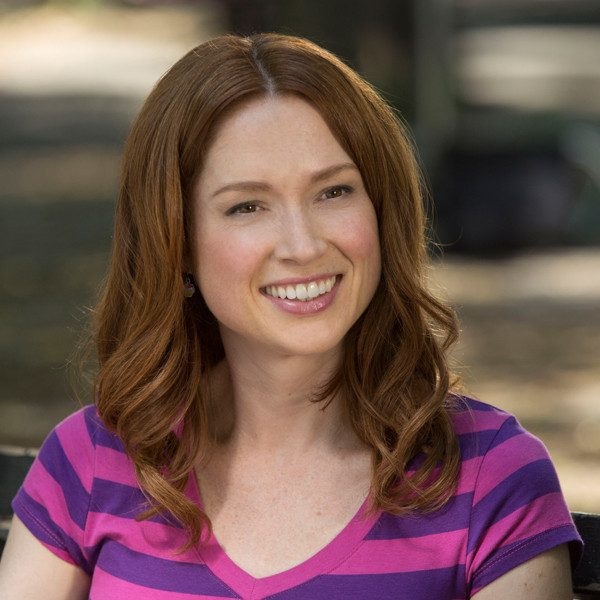
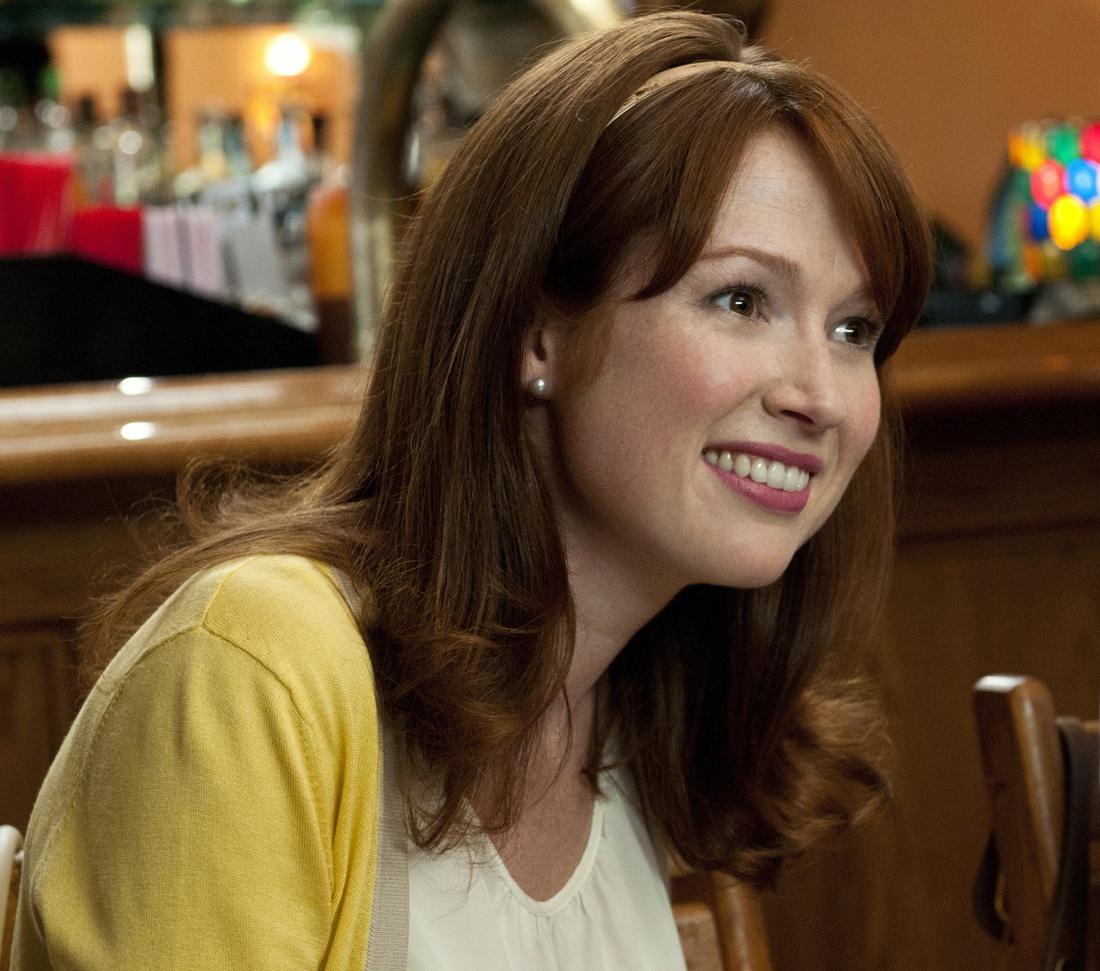

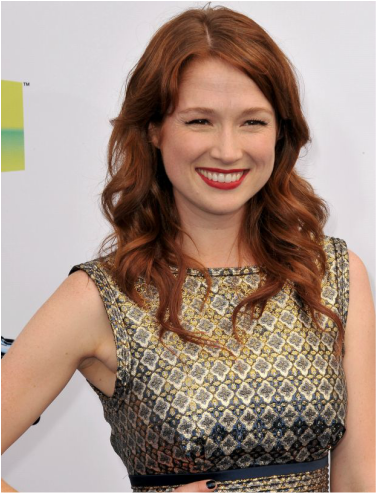




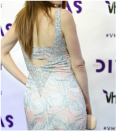

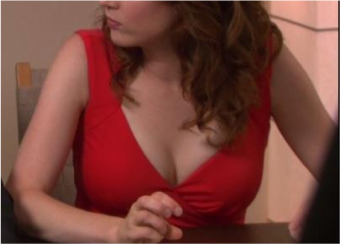

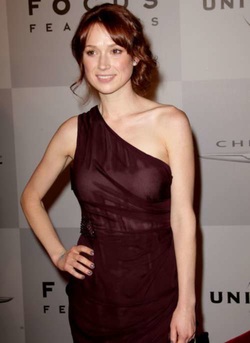
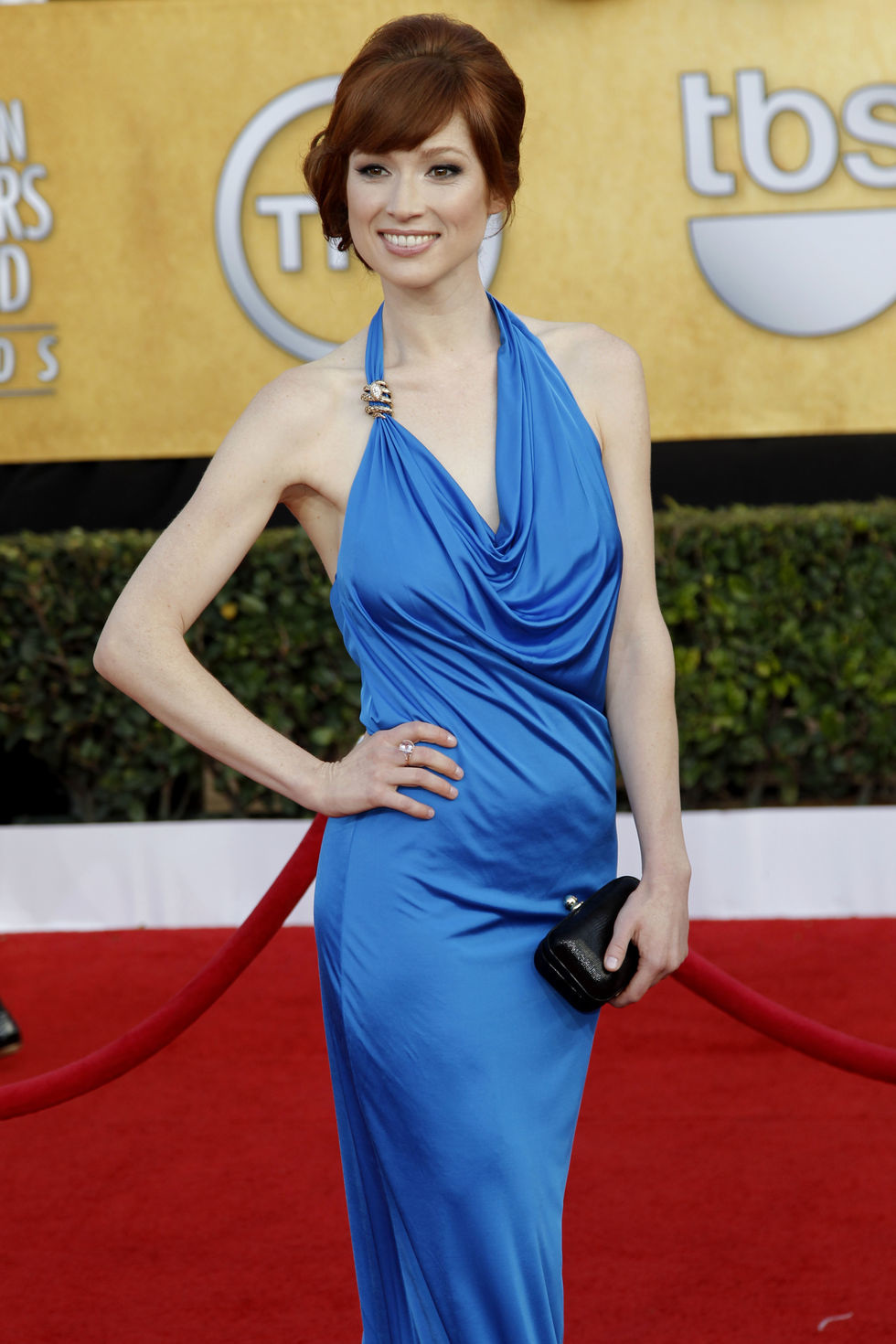
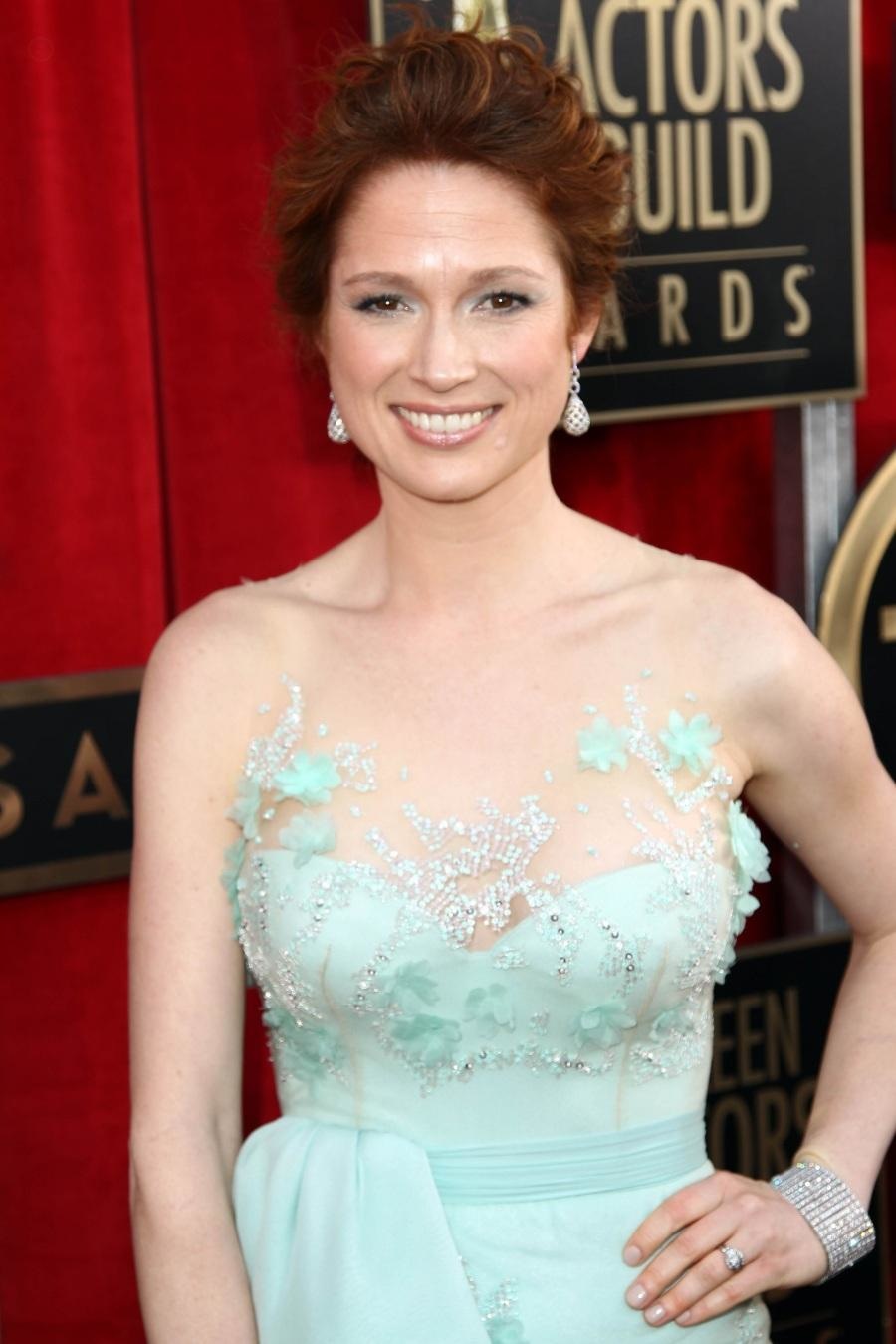

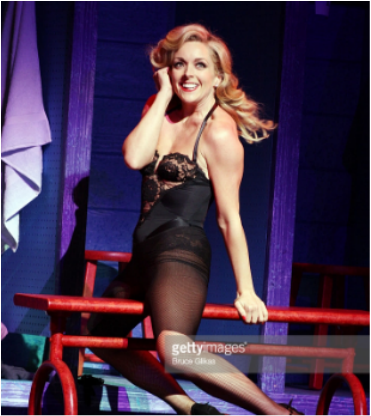


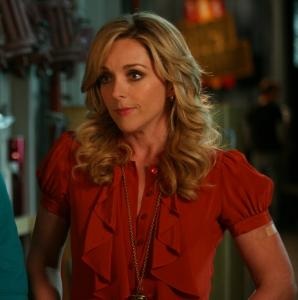

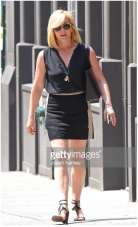



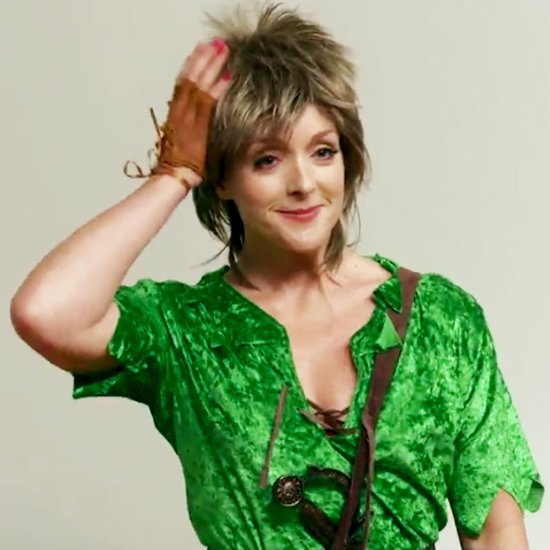

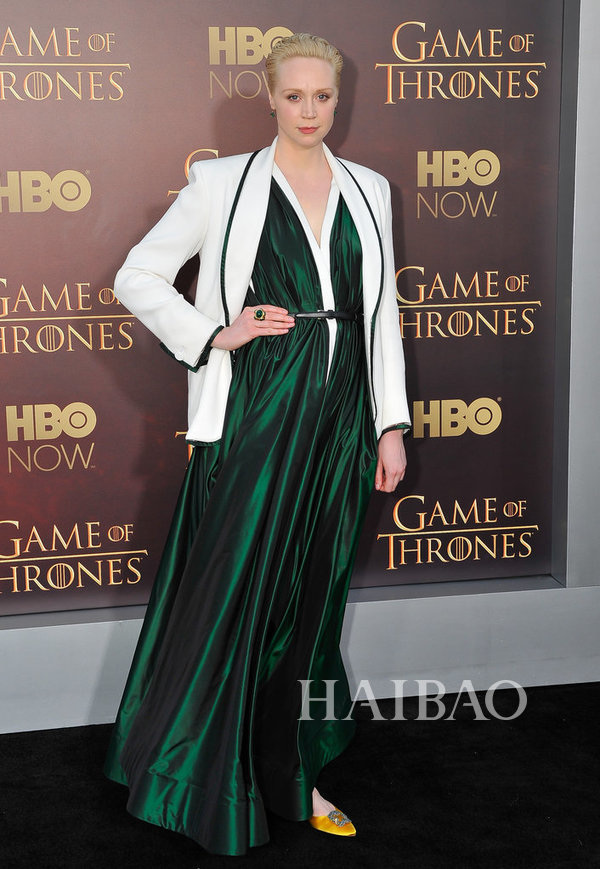
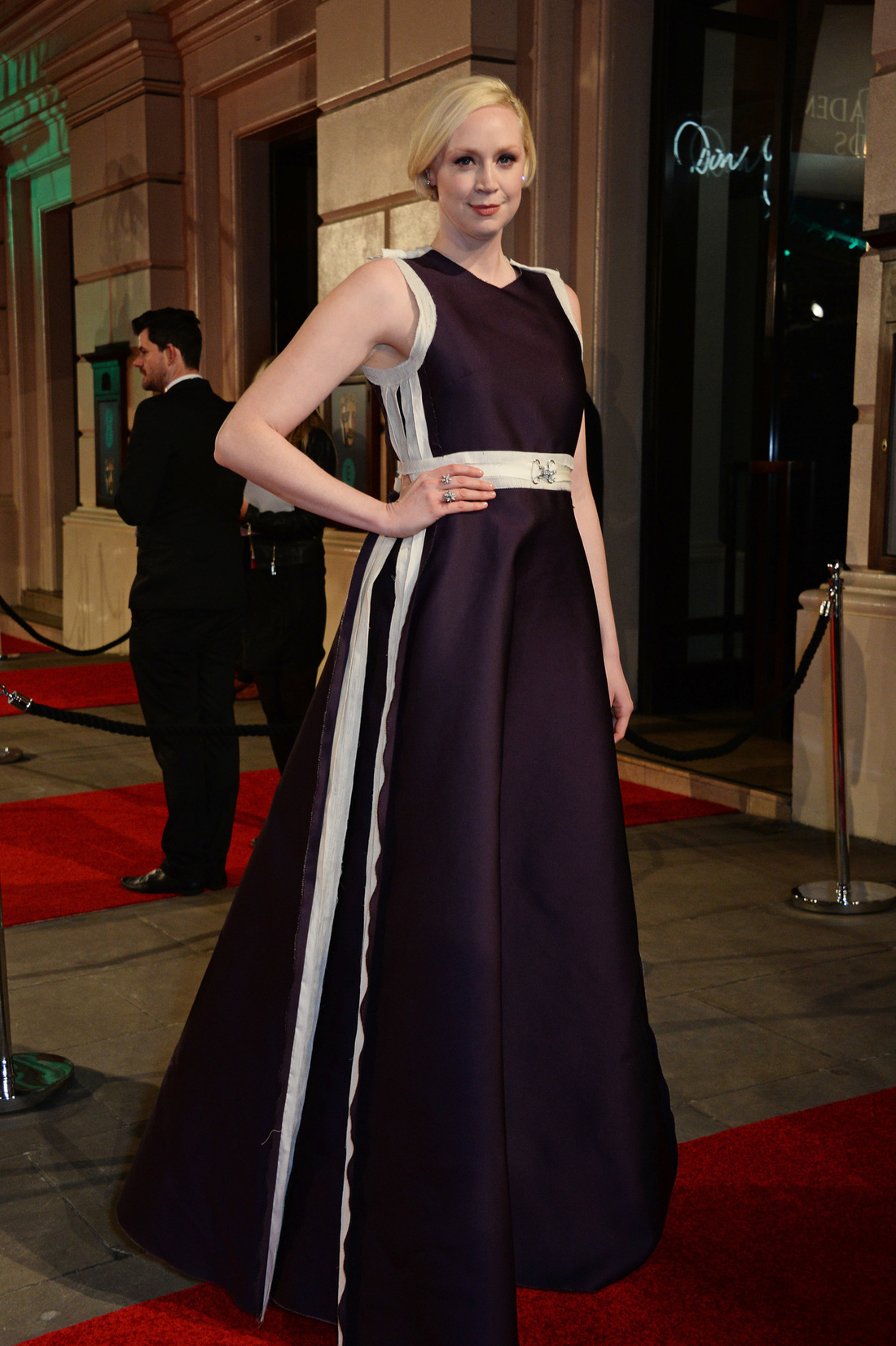
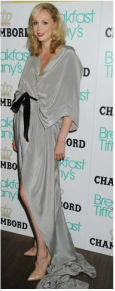
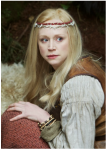

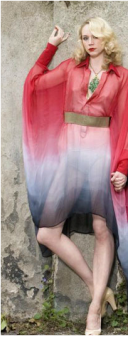

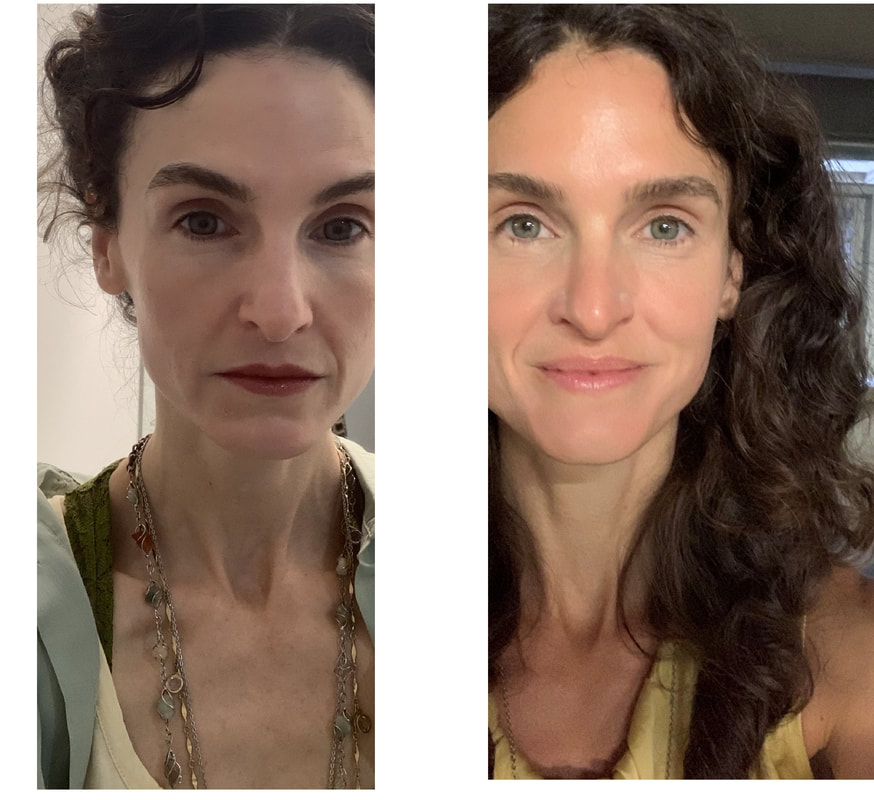
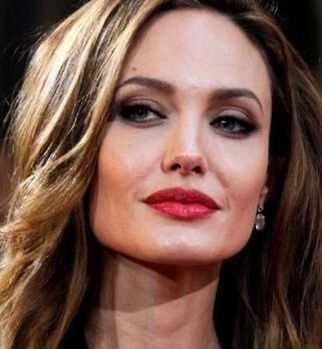
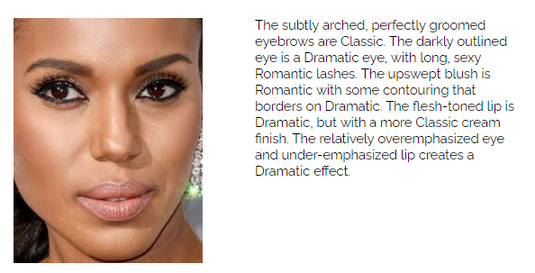
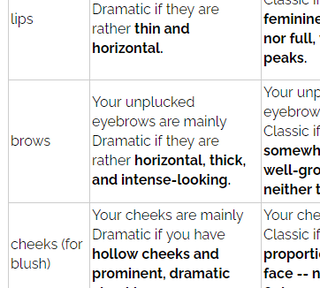

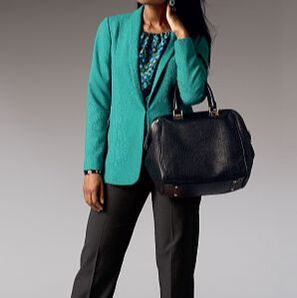

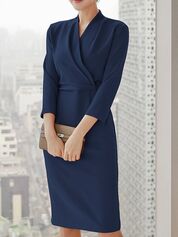
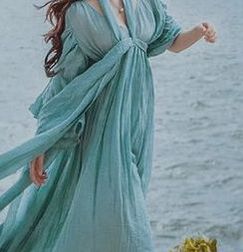


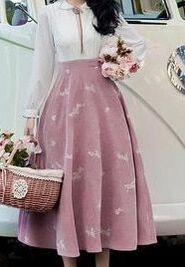



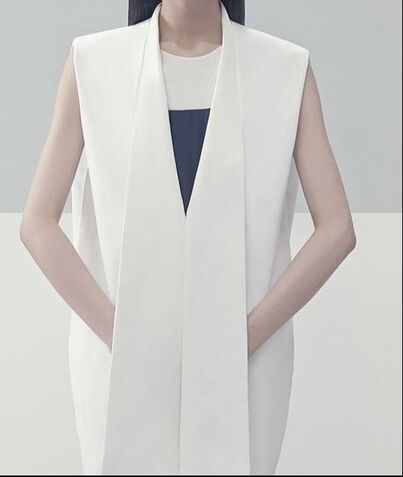

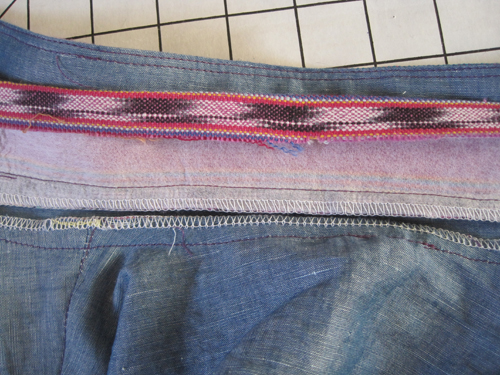
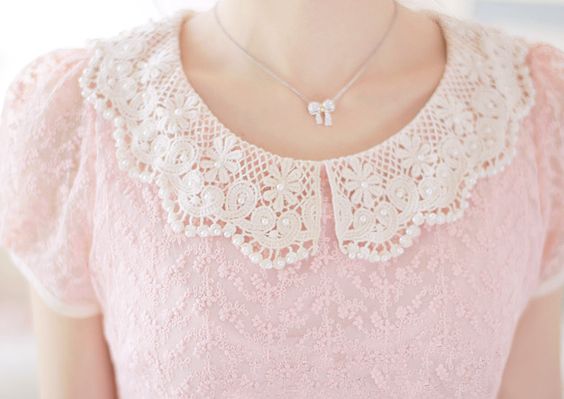
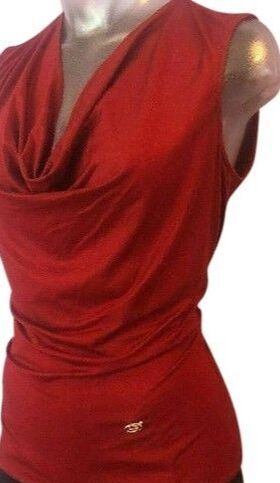
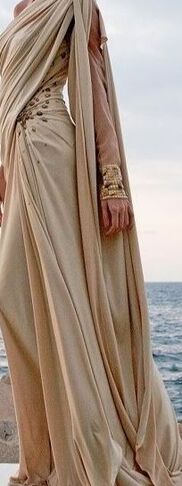

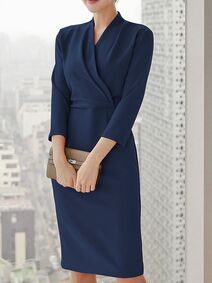

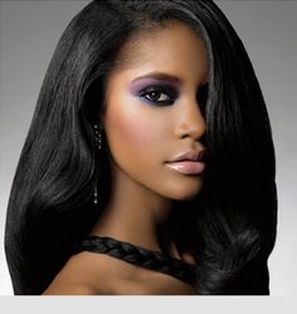
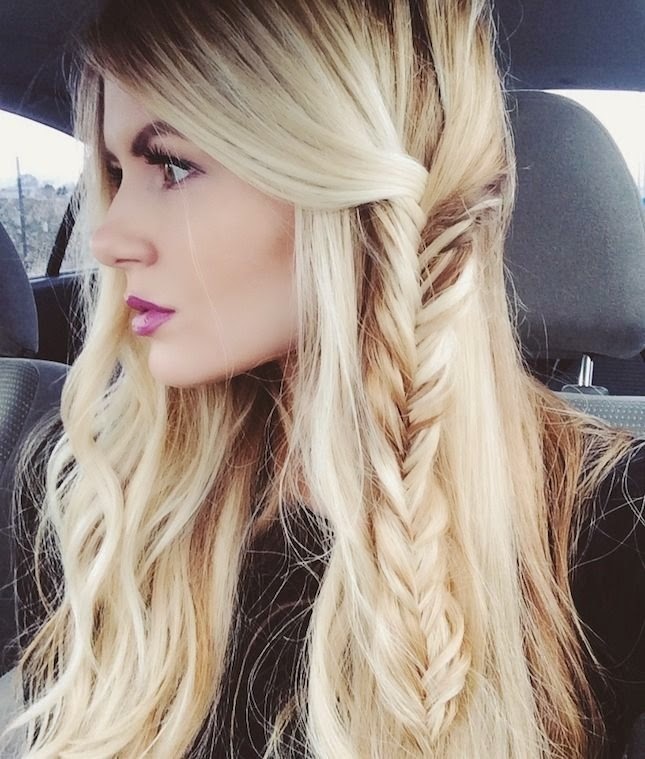

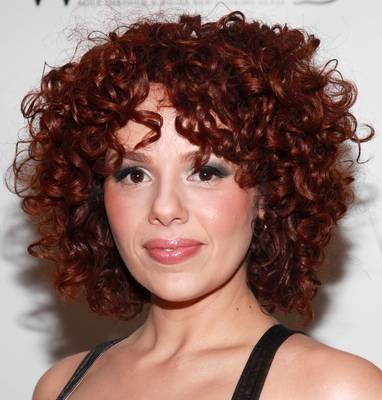



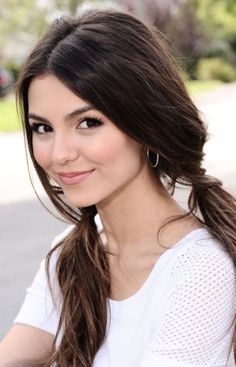


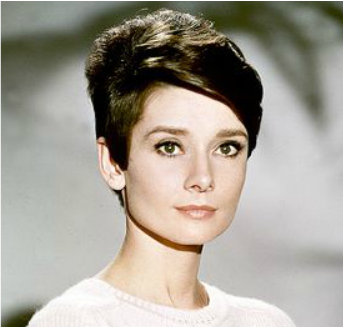




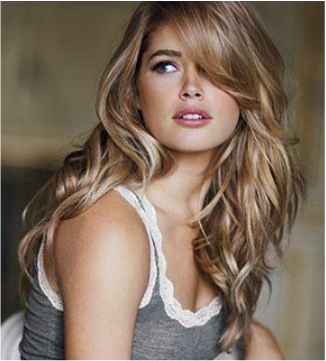
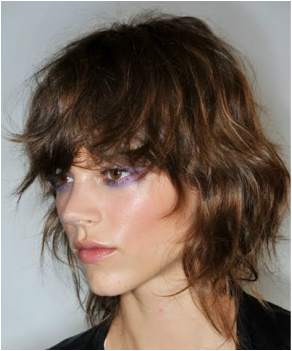
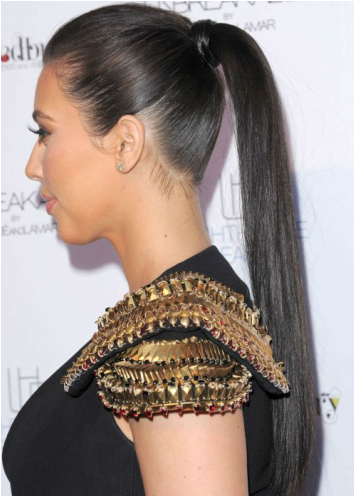


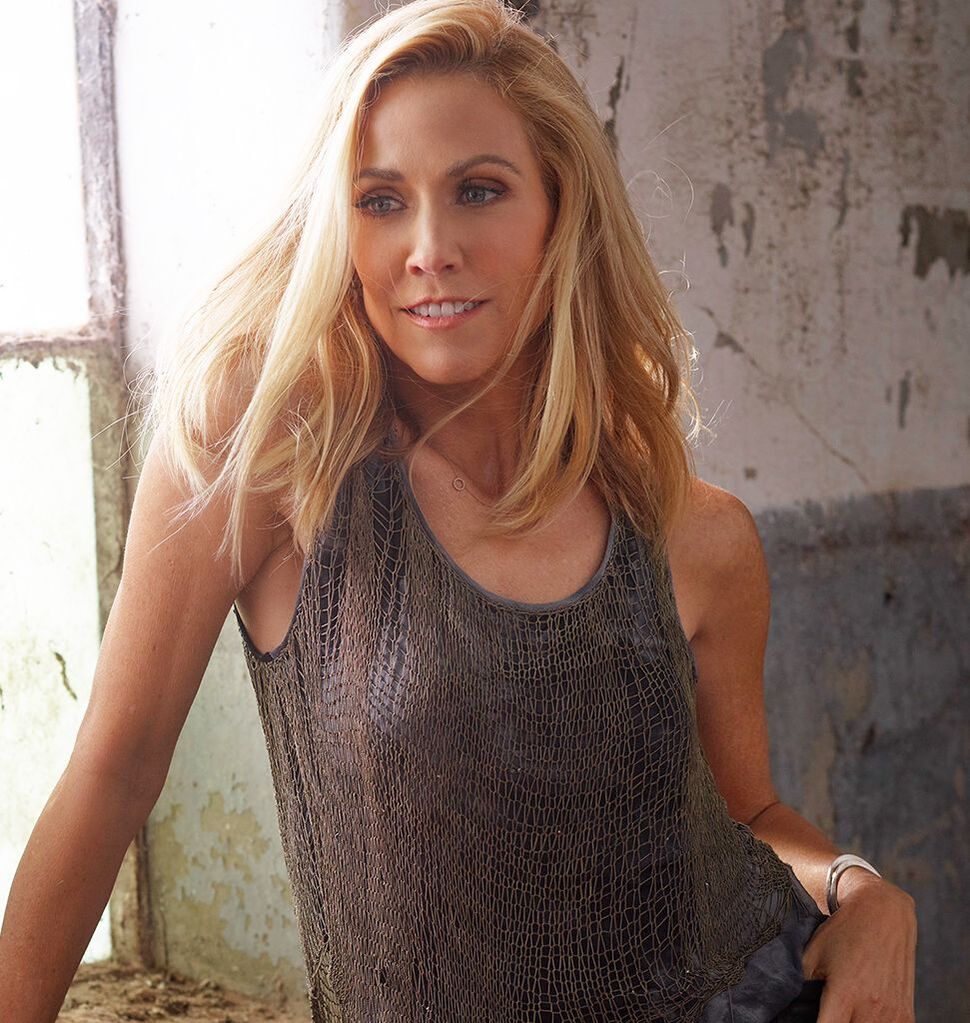

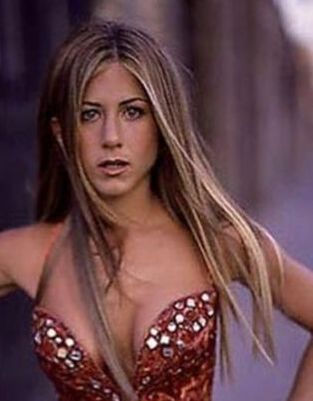
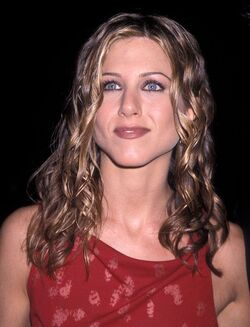
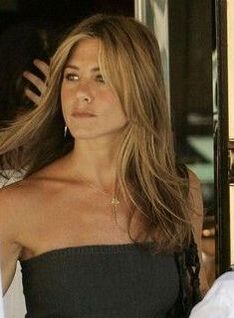
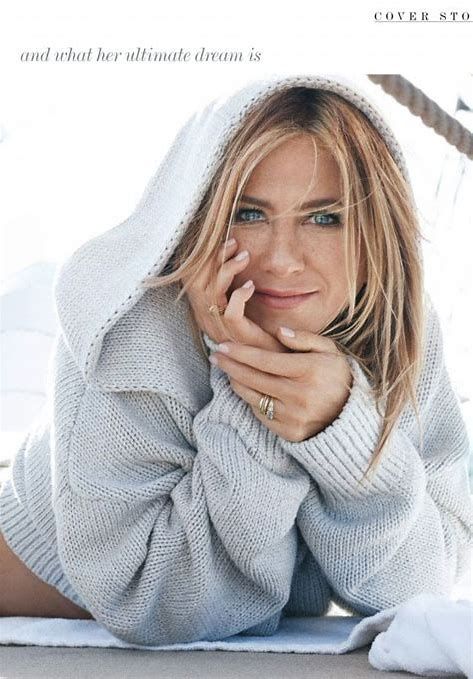


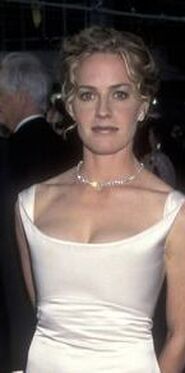
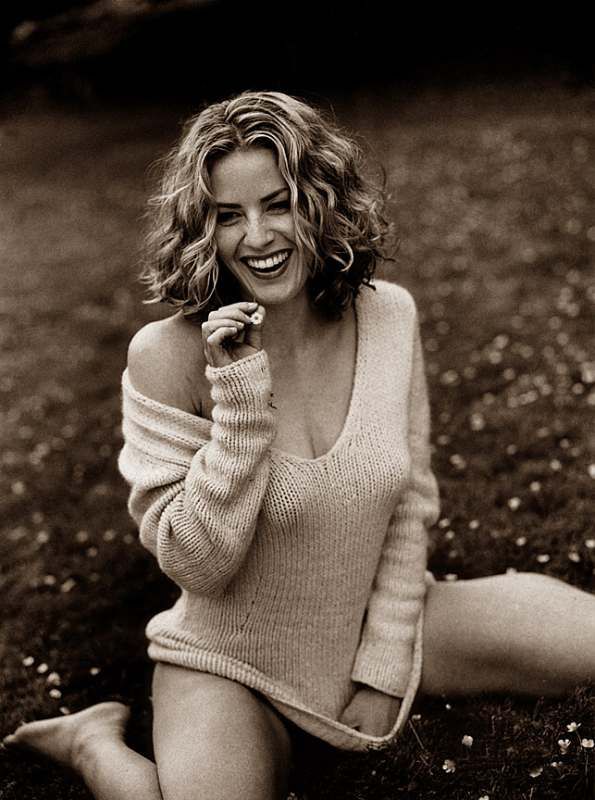



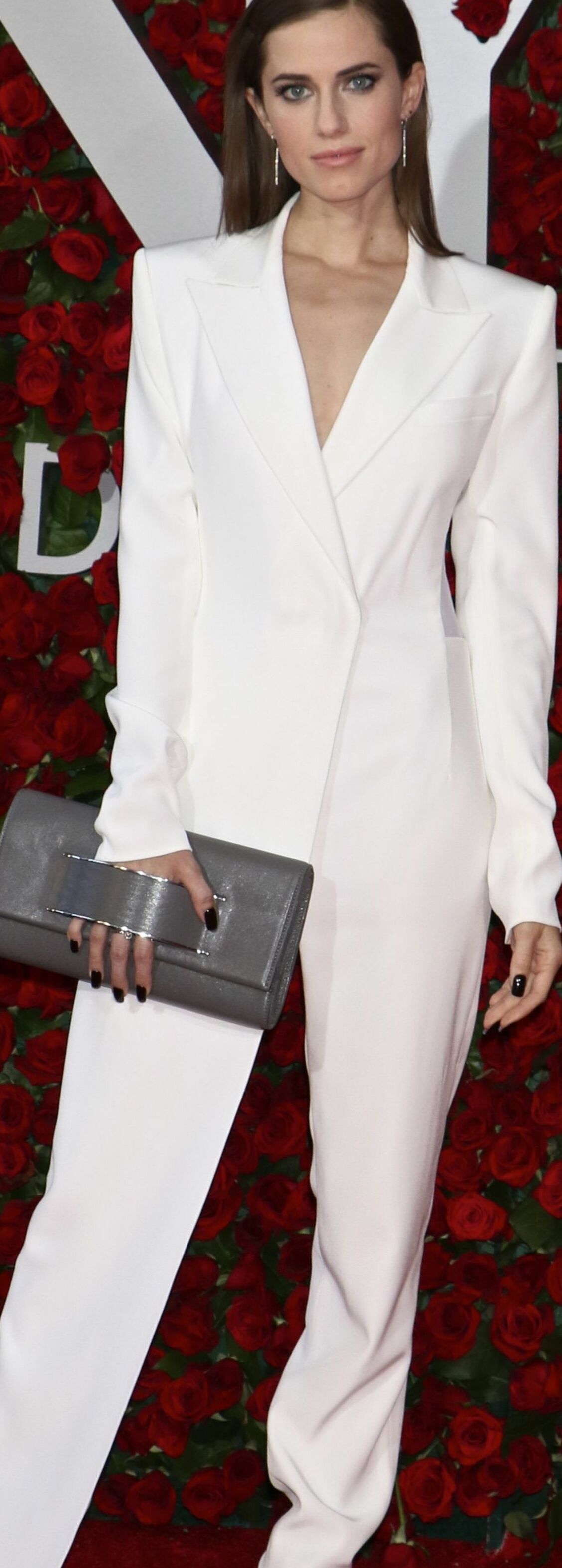
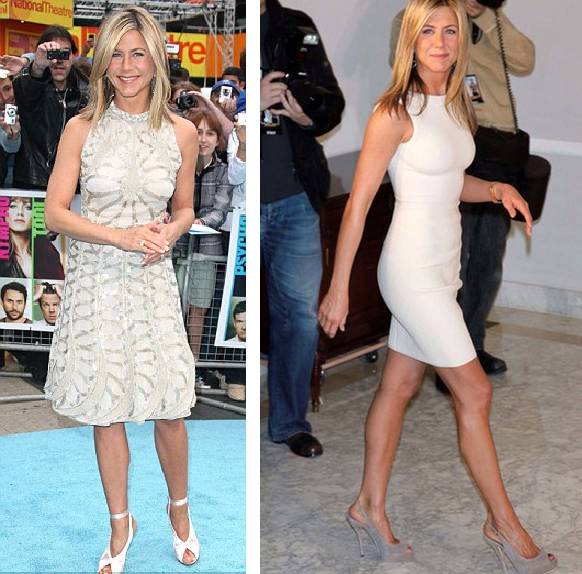

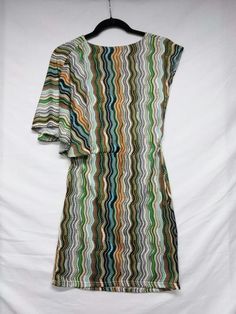


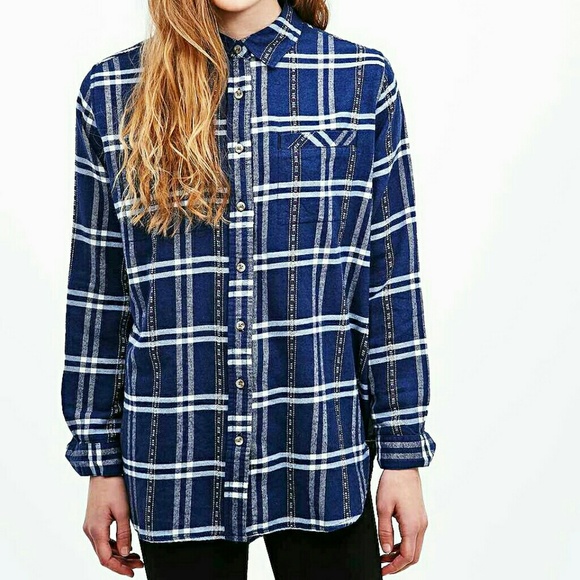
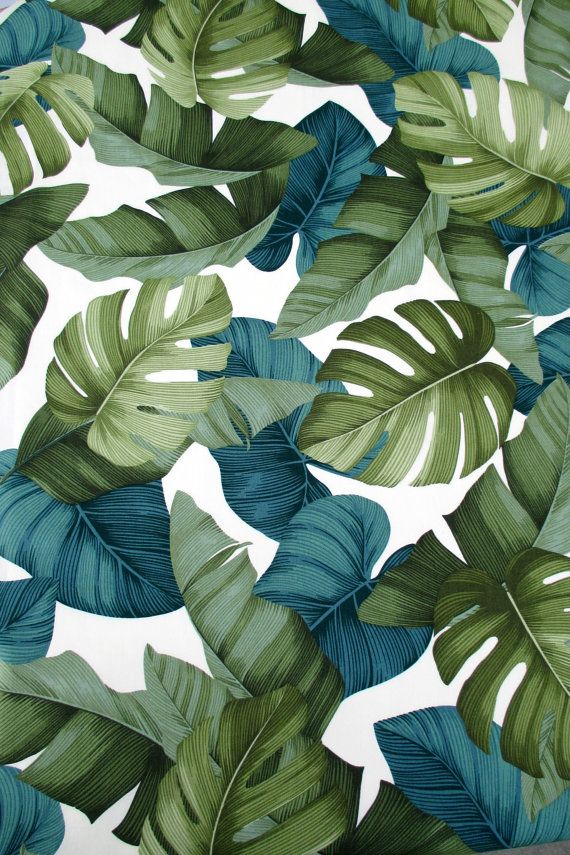

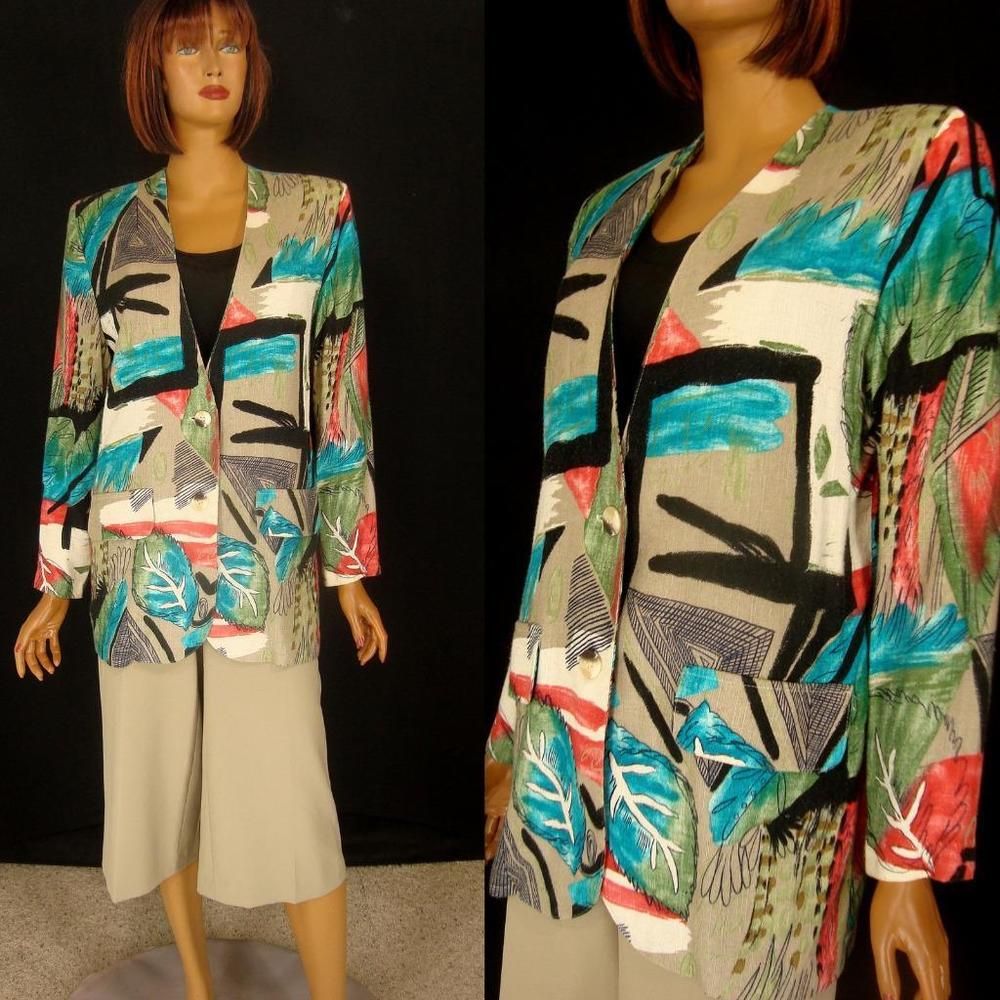



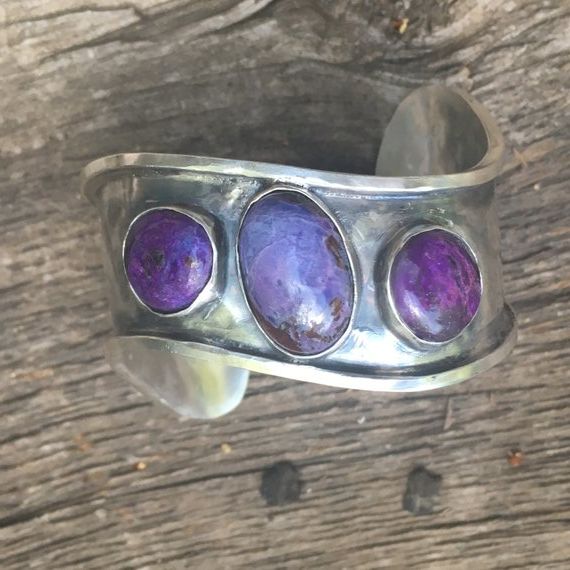
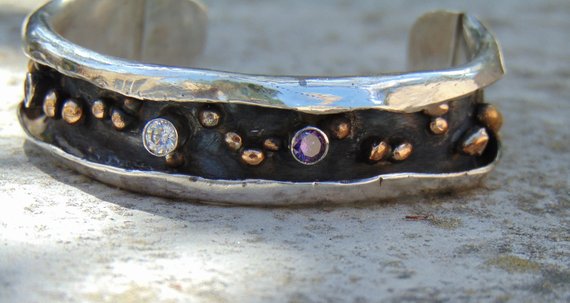

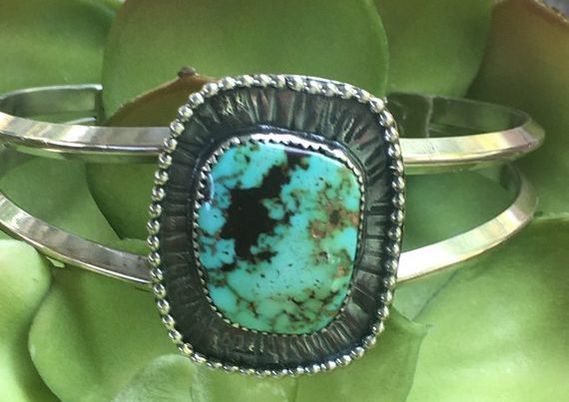
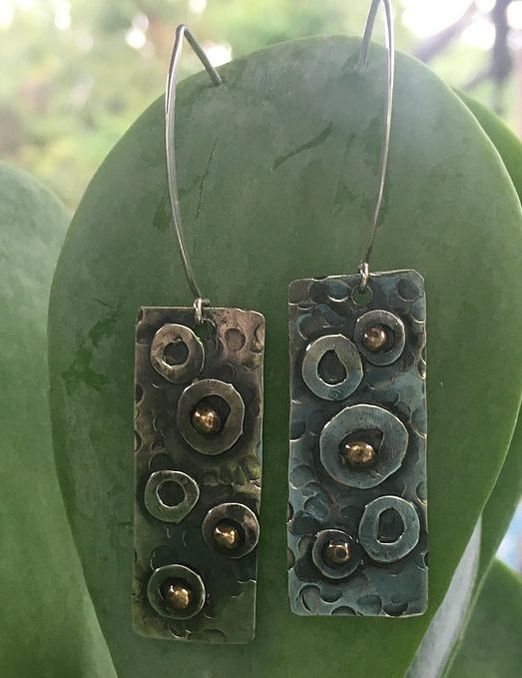
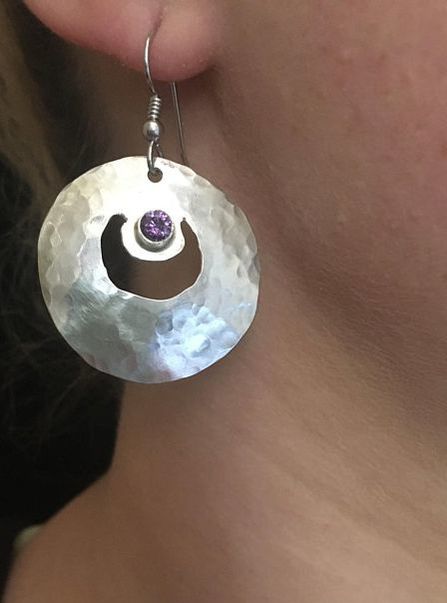
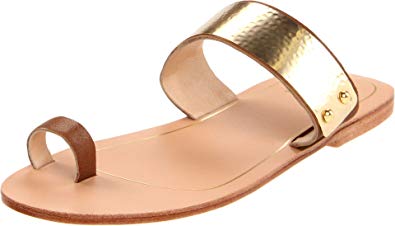


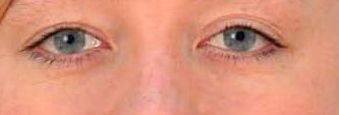







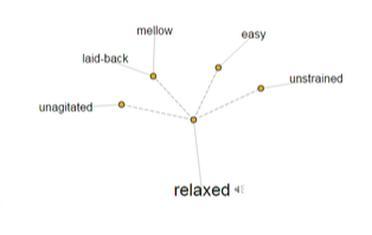
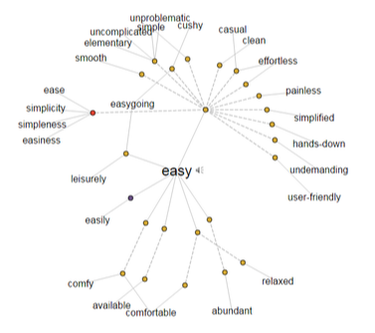
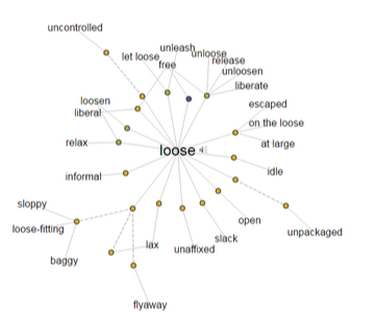


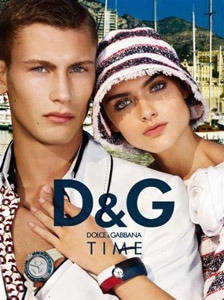
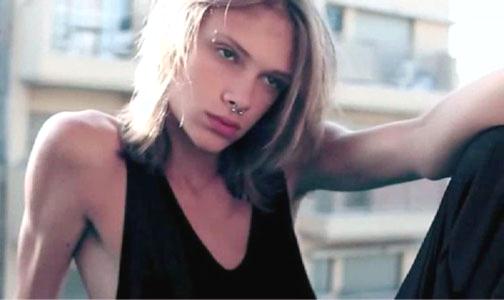

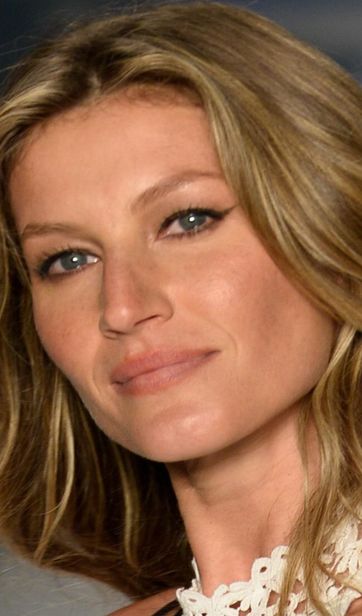


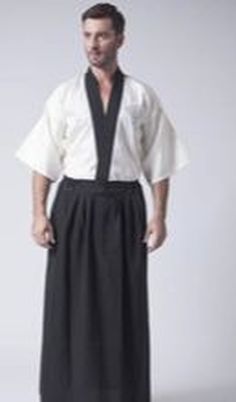

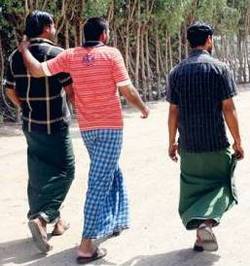
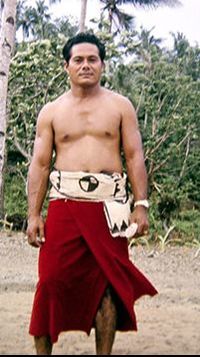
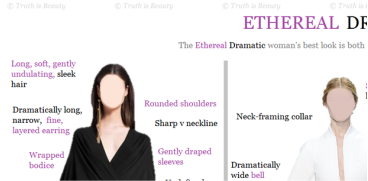



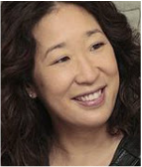
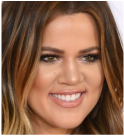



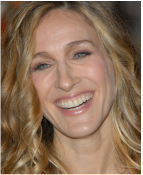
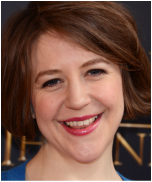



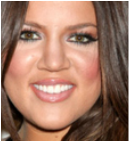

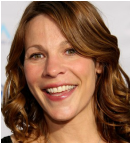
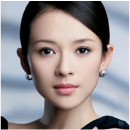
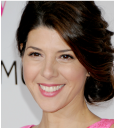
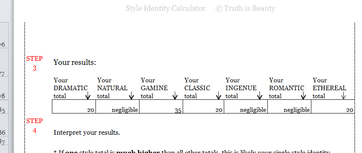



 RSS Feed
RSS Feed